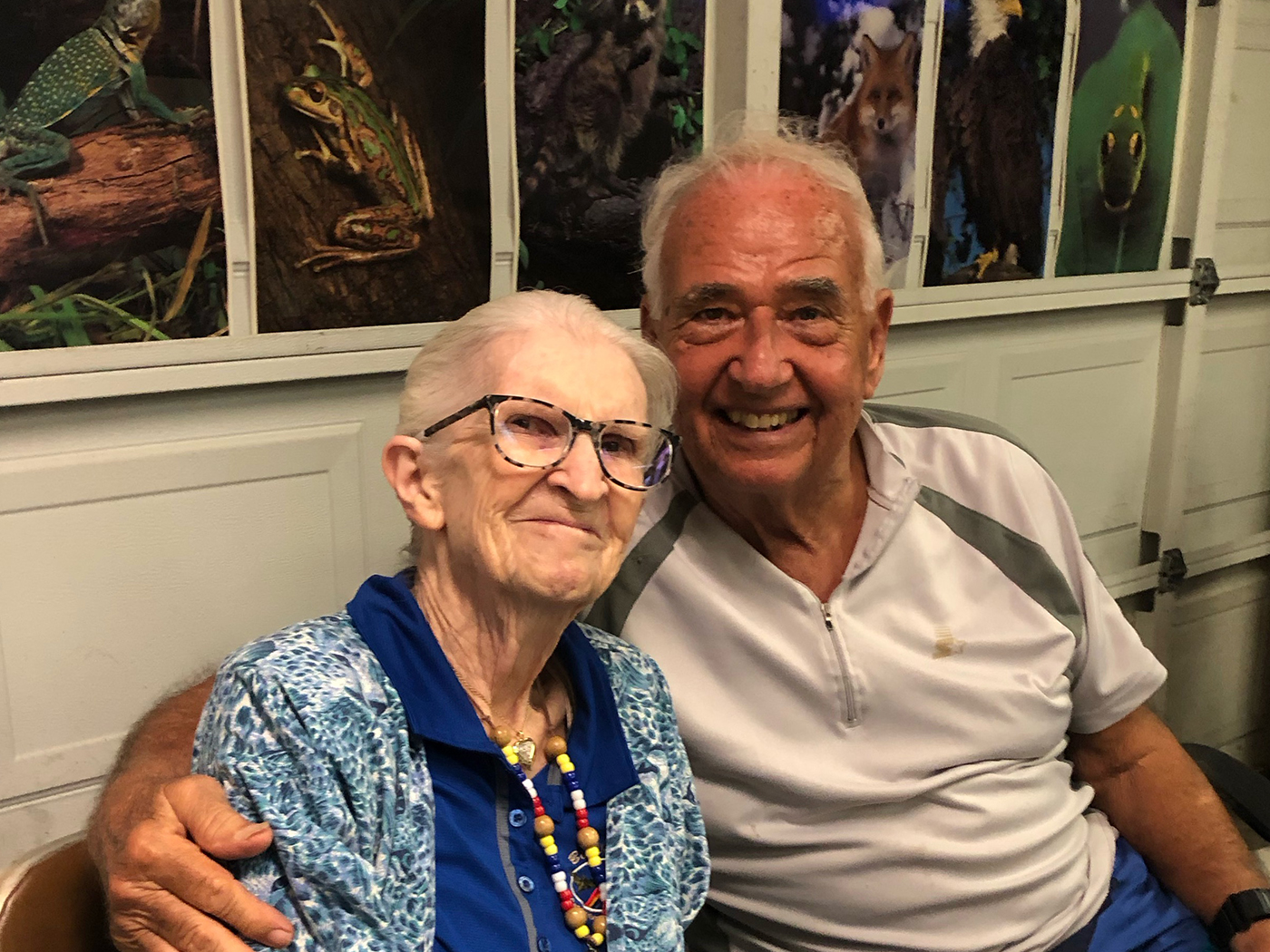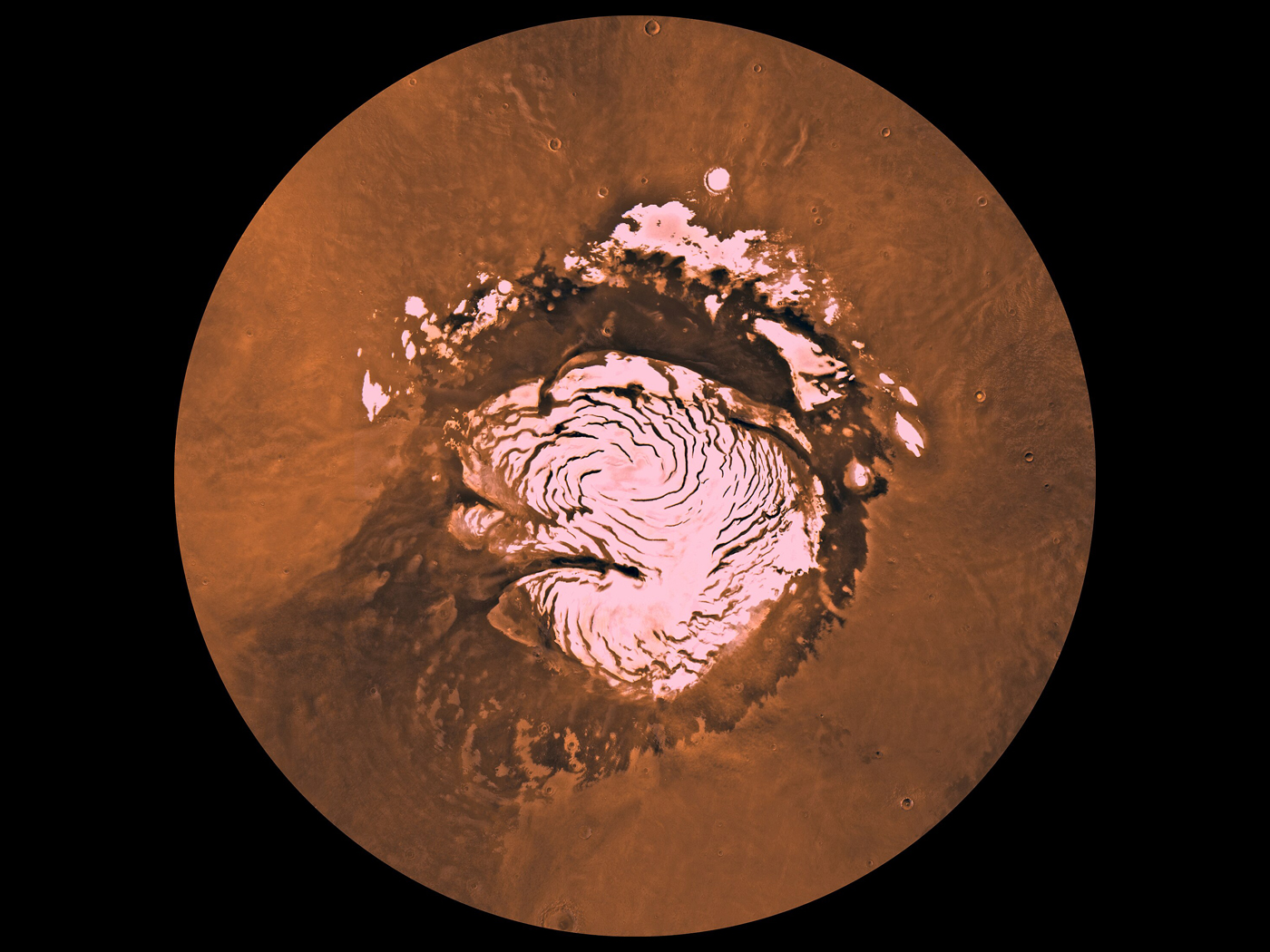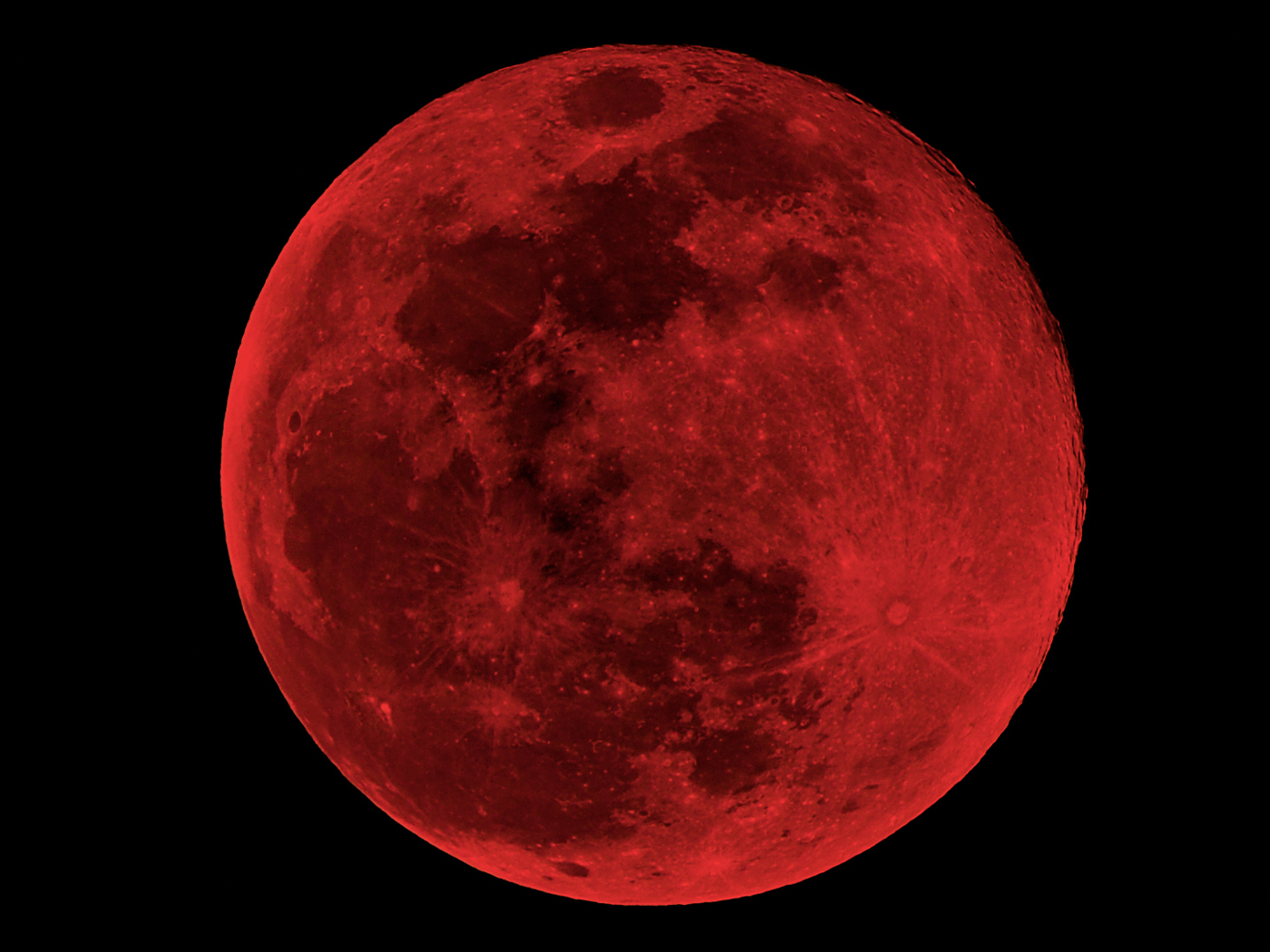Both bats and dolphins use a natural form of sonar technology, called echolocation, to navigate their surroundings. They share a tiny but critical protein in their ears that allows them to hear ultra-high frequencies. How could this amazing system evolve twice in two completely different kinds of animals?
Two reports in Current Biology explore a similarity between these otherwise very different creatures. The researchers found that a gene named prestin carries a similar sequence in the two species, that they produce proteins―also called prestin―with the same structural specifications in both animals.
Stephen Rossiter of Queen Mary University of London, co-author of one of the studies, told BBC News, “We’ve found a whole suite of amino acid changes that are common to these two groups that have evolved in parallel, convergently.”1
Scientifically speaking, what they found was a similar gene sequence. The evolutionary history of the gene was not determined empirically, but rather is an assumption based on the premise of evolution. Versions of the prestin protein are found throughout mammals, with echolocating mammals having a specified form.2 The researchers generated a phylogenetic tree for the protein, which like all similarly constructed trees was designed to fit the sequence data into the evolutionary paradigm—excluding a priori any other possible origin.
It makes more sense, however, that this same gene was part of an intentional design in both creatures. Not only does prestin code for the same protein, which performs the same essential role in both bat and dolphin ears, but other specifications are required for echolocation.
All mammals have a cochlea to amplify, detect, and convert sound waves into an electrochemical impulse that is in synchronization with the brain. But dolphins and bats have special cochlea. Some of the same researchers had reported in 2008 the general requirements for bat echolocation. In addition to the unique version of the motor protein prestin, extended regions of the bat’s cochlea are dedicated to high frequency sounds. Bat cochlea have specialized hair cells that are shorter than the lower frequency-detecting hair cells common to other mammals. They also have “specializations in the auditory centers in the brain” that enable proper interpretation of sonar data.3
Thus, not only are the researchers proposing that ultrasonic-specific prestin evolved twice, but that each of the remaining required parts and parameters also came about by the selection of mutants that were able to live just fine without echolocation before the changes.
“Both research teams also have evidence showing that these changes to prestin were selected for,” according to BBC News.1 The question is, though, did nature do the selecting along the way, or did God do the selecting at the beginning of creation?
Considering that the prestin protein “must be critical for the animals’ echolocation,”1 and that the odds are against a step-wise addition of all the specified components required for echolocation to function once―let alone twice4―it stands to reason that a specific Creator, not randomizing nature, must be responsible.
References
- Amos, J. ‘Echoes’ in bat and dolphin DNA. BBC News. Posted on news.bbc.co.uk January 26, 2010, accessed February 8, 2010.
- Li, Y. 2010. The hearing gene Prestin unites echolocating bats and whales. Current Biology. 20 (2): R55-R56. See also Liu, Y. et al. 2010. Convergent sequence evolution between echolocating bats and dolphins. Current Biology. 20 (2): R53-R54.
- Li, G. et al. 2008. The hearing gene Prestin reunites echolocating bats. Proceedings of the National Academy of Sciences. 105 (37): 13959-13964.
- Actually, they had to have been present four times―once each in a male and female bat, and once each in a male and female dolphin. This increases the odds against echolocation having naturally developed.
* Mr. Thomas is Science Writer at the Institute for Creation Research.
Article posted on February 25, 2010.













